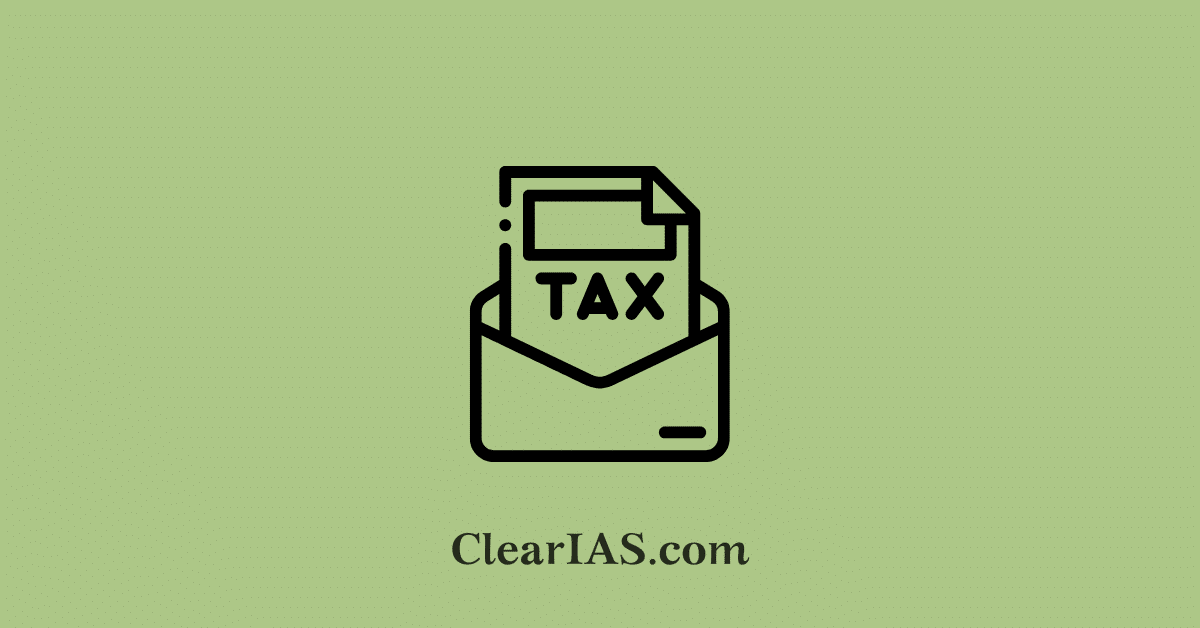
The Income Tax Bill 2025, a Simplified Yet Transformative Reform, seeks to replace the Income Tax Act of 1961. The parliament passed it in the ongoing monsoon session. Read here to learn more.
The Income Tax Act, 1961, has been the cornerstone of India’s direct taxation system for over six decades.
However, over time, it became bulky and complicated due to continuous amendments, circulars, and judicial interpretations.
This complexity led to:
- Taxpayer confusion in compliance.
- Administrative discretion creates opportunities for harassment.
- A mismatch between economic realities and old provisions.
Thus, the Government introduced the Income Tax Bill 2025, seeking to create a modern, simple, and transparent tax code aligned with current needs.
Key Features of the Income Tax Bill 2025
- Structural Simplification
- Chapters reduced from 47 to 23.
- Sections reduced from 819 to 536.
- Language made more concise, avoiding outdated terms and redundant provisions.
- Clearer categorisation of provisions for individuals, corporates, and institutions.
- Focus on Clarity
- Ambiguous definitions streamlined.
- Rationalisation of exemptions and deductions to reduce disputes.
- Enhanced use of digital compliance mechanisms.
- Codification of Jurisprudence
- Several principles laid down by courts over the years (like treatment of agricultural income, capital gains, business losses) have been directly written into the Bill to prevent ambiguity.
- Taxpayer-Centric Provisions
- Enhanced faceless assessments to reduce human interface.
- Time limits for refunds and appeals have been shortened.
- Scope of advance rulings widened for quicker dispute resolution.
- Anti-Abuse Measures
- Stronger rules against tax evasion through shell companies, profit shifting, or aggressive tax planning.
- General Anti-Avoidance Rule (GAAR) integrated with stricter definitions.
What’s New and Potentially Problematic
- Wider Discretion for Authorities: Though simplified, some provisions give broad powers to assessing officers. Without safeguards, this may continue the problem of harassment.
- Treatment of Digital & Crypto Assets: The Bill expands the definition of “income” to include certain digital transactions and virtual assets, but taxation rules may create compliance burdens.
- Corporate vs Individual Balance: The corporate tax structure is relatively clear, but individual taxpayers may face confusion over revised slabs, exemptions, and withdrawal of some deductions.
- Transitional Challenges
- Tax professionals, businesses, and courts will take time to adapt.
- Pending cases under the 1961 Act will continue under old provisions, creating dual systems for some years.
Why This Reform Matters
- Ease of Doing Business: Simpler tax codes reduce compliance burden for companies and foreign investors.
- Boost to Tax Morale: Citizens may comply better if laws are clear and predictable.
- Legal Certainty: Codification of judicial precedents reduces endless litigation.
- Digital-First Framework: Aligns with India’s push for faceless governance and tech-driven administration.
- Global Competitiveness: Modernises India’s tax laws in line with international standards.
Concerns Raised by Experts
- Excessive Centralisation: More power concentrated with the Central Board of Direct Taxes (CBDT).
- Need for Safeguards: Citizens’ rights against arbitrary tax demands must be protected.
- Sectoral Implications: Startups, MSMEs, and farmers may need more clarity on exemptions and benefits.
- Learning Curve: Even simplified provisions may take time for grassroots-level awareness.
Income Tax Act 1961 vs Income Tax Bill 2025
Feature |
Income Tax Act, 1961 |
Income Tax Bill 2025 |
Remarks / Implications |
Length & Complexity |
47 Chapters, 819 Sections; heavily amended over 60+ years. |
23 Chapters, 536 Sections; shorter and concise. |
Simplifies structure, easier for citizens and businesses. |
Language & Clarity |
Technical, legalistic, often ambiguous; scope for multiple interpretations. |
Plain, simplified drafting with clearer definitions. |
Reduces disputes and improves taxpayer understanding. |
Exemptions & Deductions |
Numerous exemptions & deductions (over 200 at one point), leading to complexity. |
Rationalised; fewer exemptions, more focus on uniform slabs. |
Broader tax base, fewer loopholes, but may reduce individual tax planning flexibility. |
Judicial Precedents |
Many provisions are clarified only through litigation (e.g., capital gains, business losses). |
Codifies major judicial principles directly in the law. |
Reduces litigation, increases legal certainty. |
Administrative Discretion |
Highly assessing officers had wide powers, often misused. |
Retains some discretion, but with faceless assessment and digital mechanisms. |
Risk of harassment persists unless strong safeguards are added. |
Digital Focus |
Introduced later (e-assessment, e-filing), but not fully integrated into the law. |
Built as a digital-first framework (faceless assessment, e-appeals, DBT refunds). |
Aligns with Digital India; reduces corruption. |
Treatment of New Economy (Startups, Crypto, Digital Income) |
Not originally covered; amendments later added provisions piecemeal. |
Explicit coverage of digital transactions, crypto-assets, and gig economy income. |
Provides clarity but may increase compliance burden. |
Corporate Taxation |
Complex structure with multiple rates and exemptions. |
Streamlined rates, exemptions reduced, clarity on profit-shifting & GAAR. |
Improves ease of doing business; aligns with global practices. |
Appeals & Dispute Resolution |
Lengthy process; multiple forums; high pendency in ITAT/High Courts. |
Stricter timelines for refunds/appeals; wider use of advance rulings. |
Could reduce backlog, but depends on execution. |
Citizen Focus |
Compliance-heavy; average taxpayers struggled with filings. |
More taxpayer-centric with guidance notes, simplified slabs, and digital grievance redressal. |
May improve tax morale and voluntary compliance. |
Anti-Abuse Provisions |
GAAR was introduced only in 2012; limited enforcement. |
Stronger GAAR integration; broader definition of tax avoidance. |
Prevents evasion but must balance against genuine business transactions. |
Global Alignment |
Outdated compared to OECD norms; many loopholes. |
Aligned with international tax practices (BEPS, WADA for labs, transfer pricing clarity). |
Enhances India’s competitiveness globally. |
Transition Challenges |
Familiar but outdated; tax professionals adjusted over decades. |
Dual system temporarily (old cases under the 1961 Act, new cases under the 2025 Bill). |
It will create a learning curve for taxpayers, professionals, and the judiciary. |
Way Forward
- Issue Simplified Guidance Notes for taxpayers.
- Strengthen grievance redressal mechanisms to check misuse of discretion.
- Ensure periodic reviews to plug loopholes and adapt to new economic realities.
- Promote awareness campaigns for ordinary citizens to understand their rights and responsibilities.
Conclusion
The Income Tax Bill, 2025, marks a landmark in India’s tax reform journey, replacing a six-decade-old, complicated law with a modern, concise framework.
- If implemented with adequate safeguards and clarity, it can reduce harassment, improve compliance, and boost investor confidence.
- However, ambiguities and broad official discretion may continue old problems unless accompanied by strong oversight and accountability mechanisms.
This reform, therefore, represents both a historic opportunity and a test for India’s governance capacity in aligning taxation with transparency and trust.
Related articles:







Leave a Reply